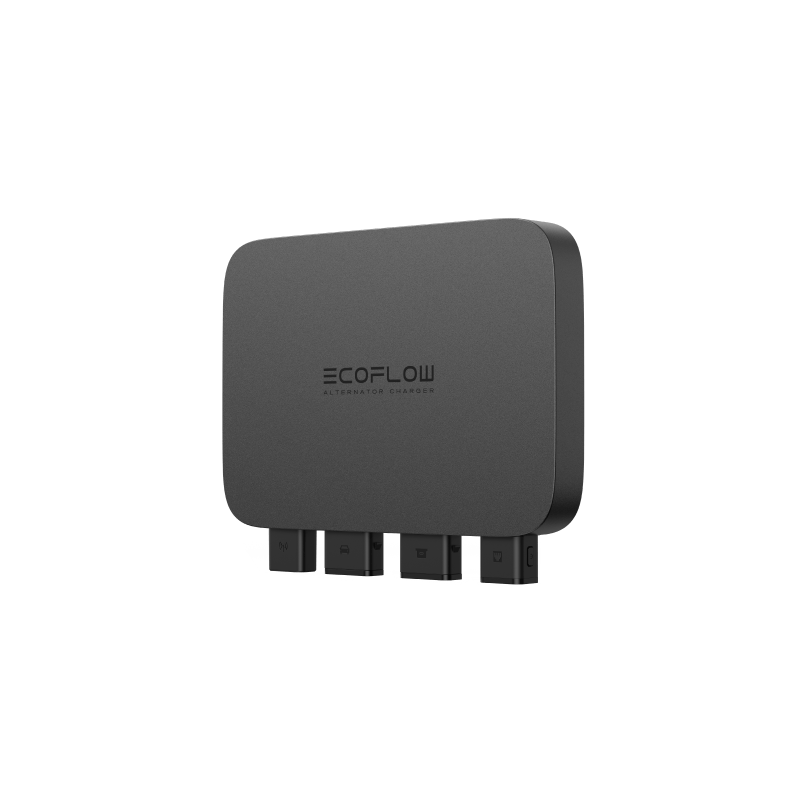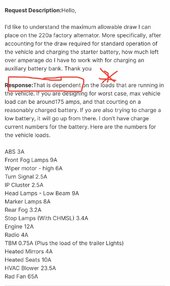Dave in AZ
Solar Enthusiast
Victron only has 12v to 24v.
For running a powerstation in a truck bed, there is no need for a full dcdc smart charger, as the powerstation already has its own "smart input" in all cases. Rather, all that is needed is a 12v to ??? Converter, where the ??? Matches the powerstation dc input.
Most power stations have an mppt input for EITHER solar, or a 12v input from a car port. Most will accept a range of voltage, say 11v - 95V, but are limited on the amps and watts allowed. If you convert from 12v to 48v, it allows more of the allowed watts to be input.
A 12v to 48v converter, 56v actual converter, would have many uses for car charging of power stations. Would need to allow 400W power around, so 30A on the truck or car 12.8V system, which should be supportable by most alternators.
I can't find one, besides 5A cheap $15 noname on Amazon. Anyone?
For running a powerstation in a truck bed, there is no need for a full dcdc smart charger, as the powerstation already has its own "smart input" in all cases. Rather, all that is needed is a 12v to ??? Converter, where the ??? Matches the powerstation dc input.
Most power stations have an mppt input for EITHER solar, or a 12v input from a car port. Most will accept a range of voltage, say 11v - 95V, but are limited on the amps and watts allowed. If you convert from 12v to 48v, it allows more of the allowed watts to be input.
A 12v to 48v converter, 56v actual converter, would have many uses for car charging of power stations. Would need to allow 400W power around, so 30A on the truck or car 12.8V system, which should be supportable by most alternators.
I can't find one, besides 5A cheap $15 noname on Amazon. Anyone?








